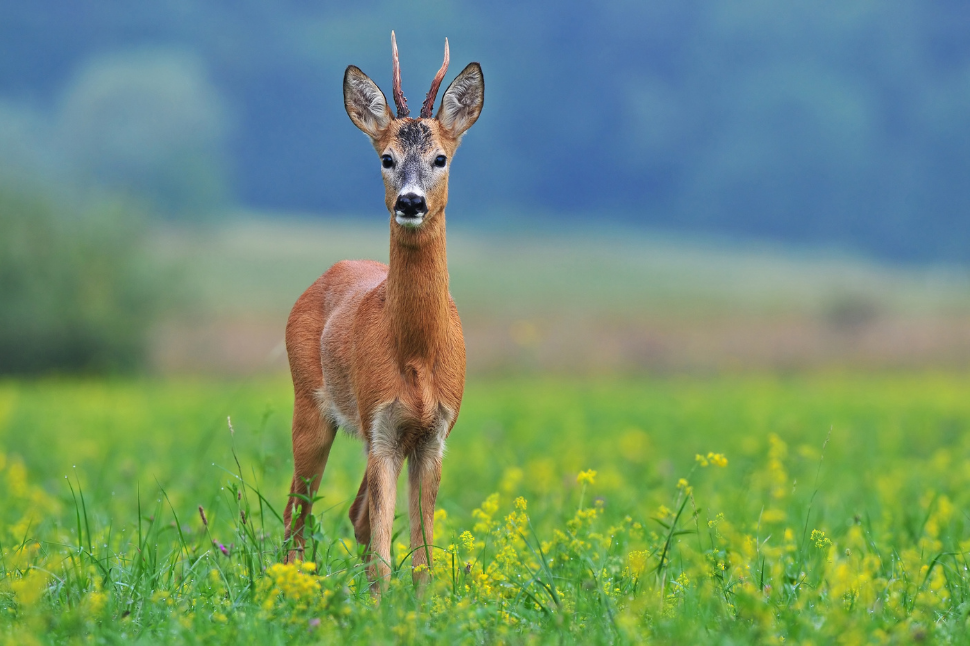Wildlife Capture Services

Wildlife capture is essentially the use of systems and devices to capture wildlife species for a variety of purposes, including food, wildlife management, research, relocation and pest control. In some cases, this may also include the capture of certain mammals for their furs, which may be used for making clothing and other articles. In these cases, the term “capture” may involve traps, nets and other forms of physical immobilization, or it may involve chemical immobilization techniques, depending on the circumstances, species and reason(s) necessitating a capture event.
Private Capture Services
In many cases, organizations requiring routine animal capture maintain their own personnel and equipment for capture events. These would include government agencies, research universities, zoos and wildlife management agencies. In the U.S. and some other nations, there are also private commercial organizations that provide capture services for parties that require capture services. These are typically operated by people with backgrounds in wildlife management (wildlife managers, veterinarians, animal control officers) and, ideally have the requisite experience and certifications necessary to operate in their locations.
Depending on the needs of a community at large, the techniques and systems used by such organizations will vary. For example, in some areas, much of this work is considered pest control due to the frequent occurrence of smaller animals such as raccoons invading suburban and rural residences. In other areas, landowners sometimes require the capture of larger animals such as deer. Public and private game management is sometimes needed due to the overpopulation of some species, such as deer. This can become necessary due to overgrazing of vegetation, increases in deer-related automobile accidents, and occasional deer attacks on residents and pets. With less vegetation, deer begin to forage in lawns and gardens and competition with native animals often negatively impacts other native animal populations.
Equipment that is used for the capture by wildlife capture services varies as widely as the species, venue and circumstances involved. These can involve direct nonlethal capture equipment such as snares, catch poles, box traps or nets. For some species and groups thereof, nets dropped or fired from helicopters are also used.
Chemical Immobilization
Larger or more unpredictable individual animals are also captured via chemical immobilization. Due to constant changes in restraint techniques, equipment and immobilization drugs, chemical immobilization practices have improved over the past few decades. This progress, coupled with the experience of practitioners has contributed towards a safer practice for both the animals and people involved in procedures.
Capture services involved in the chemical immobilization must either be licensed to possess controlled substances by the U.S. Department of Agriculture (USDA), have a veterinarian on staff, or work with a consulting veterinarian, as the anesthetic drugs used for chemical immobilization of wildlife are controlled substances.
Many different types of systems are available for the delivery of immobilizing agents, with most incorporating a projectile dart that is shot from a specially-designed firearm. On impact, the dart injects the prepared dose of drugs via gas pressure or a gunpowder charge. Typically, these consist of a rifle with gunpowder fired and gunpowder charged metal darts, a CO2-powered pistol with plastic air charged darts or a blowpipe with plastic air-charged darts.
Interested in learning more about safe capture? The San Diego Zoo now offers courses in safe capture techniques and best practices. Learn reliable, safe, and effective techniques for the species you work with and the scenarios you encounter!
About NexGen Pharmaceuticals
NexGen Pharmaceuticals is an industry-leading veterinary compounding pharmacy, offering sterile and non-sterile compounding services nationwide. Unlike other veterinary compounding pharmacies, NexGen focuses on drugs that are difficult to find or are no longer available due to manufacturer discontinuance or have yet to be offered commercially for veterinary applications, but which still serve a critical need for our customers. We also specialize in wildlife pharmaceuticals, including sedatives and their antagonists, offering many unique options to serve a wide array of zoo animal and wildlife immobilization and anesthesia requirements.
Our pharmacists are also encouraged to develop strong working relationships with our veterinarians in order to better care for veterinary patients. Such relationships foster an ever-increasing knowledge base upon which pharmacists and veterinarians can draw, making both significantly more effective in their professional roles.
Disclaimer
The information contained in this blog post is general in nature and is intended for use as an informational aid. It does not cover all possible uses, actions, precautions, side effects, or interactions of the medications shown, nor is the information intended as medical advice or diagnosis for individual health problems or for making an evaluation as to the risks and benefits of using a particular medication. You should consult your veterinarian about diagnosis and treatment of any health problems. Information and statements have not been evaluated by the Food and Drug Administration ("FDA"), nor has the FDA approved the medications to diagnose, cure or prevent disease. Medications compounded by NexGen Pharmaceuticals are prepared at the direction of a veterinarian. NexGen Pharmaceuticals compounded veterinary preparations are not intended for use in food and food-producing animals.
NexGen Pharmaceuticals, LLC does not recommend, endorse or make any representation about the efficacy, appropriateness or suitability of any specific dosing, products, procedures, treatments, services, opinions, veterinary care providers or other information that may be contained in this blog post. NEXGEN PHARMACEUTICALS, LLC IS NOT RESPONSIBLE NOR LIABLE FOR ANY ADVICE, COURSE OF TREATMENT, DIAGNOSIS OR ANY OTHER INFORMATION, SERVICES OR PRODUCTS THAT YOU OBTAIN THROUGH THIS BLOG POST.



